With an increasing purchasing power and digitalization of its society, China’s e-commerce market has naturally been growing exponentially while embracing new technologies and innovations. A big part of this innovative culture can be explained by the competitiveness of the market as well as a demanding consumer base.
Today we are taking a deeper look into NetEase’s e-commerce platform Kaola, one of the largest players in terms of cross-border e-commerce. Hopefully, this guide will help you understand better the importance of Kaola in the market, as well as the best e-commerce practices to succeed in China.
Need a cost effective TP (Tmall Partner) to sell in China?
We are an Official Tmall Partner e-commerce Agency. Our Services: E-Commerce, Search Engine Optimization, Advertising, Weibo, WeChat, WeChat Store & PR.
eCommerce: One of China’s Biggest Industries
These past few years, China has become one of the world’s largest e-commerce markets. As the major driver of the country’s retail economy, e-commerce sales have experienced considerable growth. In 2023, the e-commerce industry in China reached around 46% of the total retail sales market with an estimated amount of $2.9 trillion.
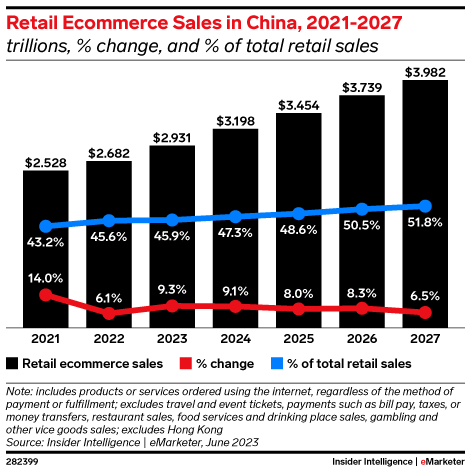
According to GlobalData’s E-Commerce Analytics, eCommerce sales in China are expected to grow by 17.2% in 2023, as the Chinese economy is bouncing back after COVID-19 restrictions.
What are Chinese consumers looking for when shopping on e-commerce websites?
With online consumption growing at a rapid rate, Chinese consumers are more than ever requiring trustworthy and accessible shopping platforms and services. Marketplaces provide verified brand stores that give consumers a one-stop shop. Brands that want to conquer the Chinese e-commerce market will have no choice but to be involved in Chinese e-commerce platforms in order to get exposure and legitimacy.
Kaola: Among the Leaders in China’s Cross-Border e-Commerce Industry
Launched in 2015 by Nasdaq-listed NetEase – one of China’s leading Internet and online game service providers, Kaola.com is China’s second-largest cross-border import retail e-commerce platform selling ‘western’ brands, right after Tmall Global.

Kaola name was chosen because NetEase wants its online users to stay “lazy and comfortable” just like the marsupial. Kaola provides a large range of products in baby and maternal care, healthcare, beauty, and cosmetics, with a fast delivery service. It is also hoping to bring users a “better lifeless expensive” thanks to low prices. At the moment, the competitiveness of NetEase Kaola comes from the cost-effectiveness of products.
In September 2019, Alibaba Group, which also owns Tmall, announced the US$2 billion acquisition of Kaola. This explains why you will see that Tmall and Kaola are closely linked during major commercial events.
Even though Kaola is still considered a young player in the e-commerce industry compared to giants like Tmall or JD, Kaola was able to become China’s second biggest cross-border e-commerce platform with a market share of 26% in 2021, just after Tmall Global.
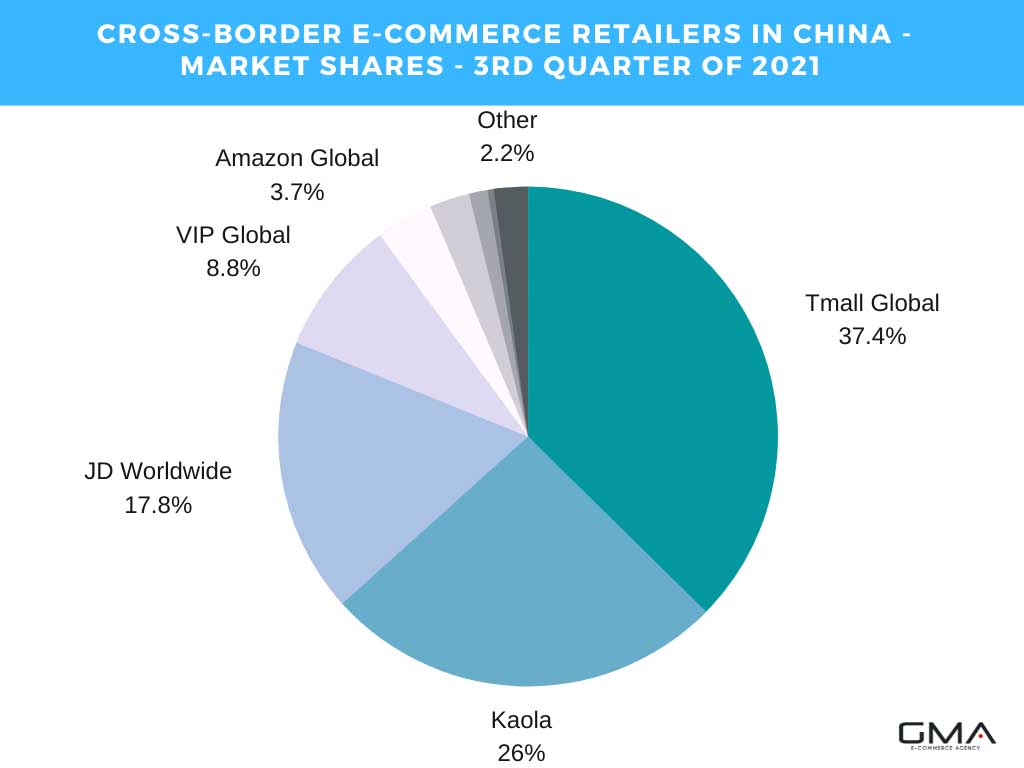
How does Kaola cross-border work?
Like any other cross-border e-commerce platform, Kaola lets sellers showcase their products across many online forums, portals, and marketing channels. Kaola provides a platform for international brands to sell their products securely to Chinese consumers, and for Chinese consumers to purchase safe, high-quality, and international premium goods in a convenient way.
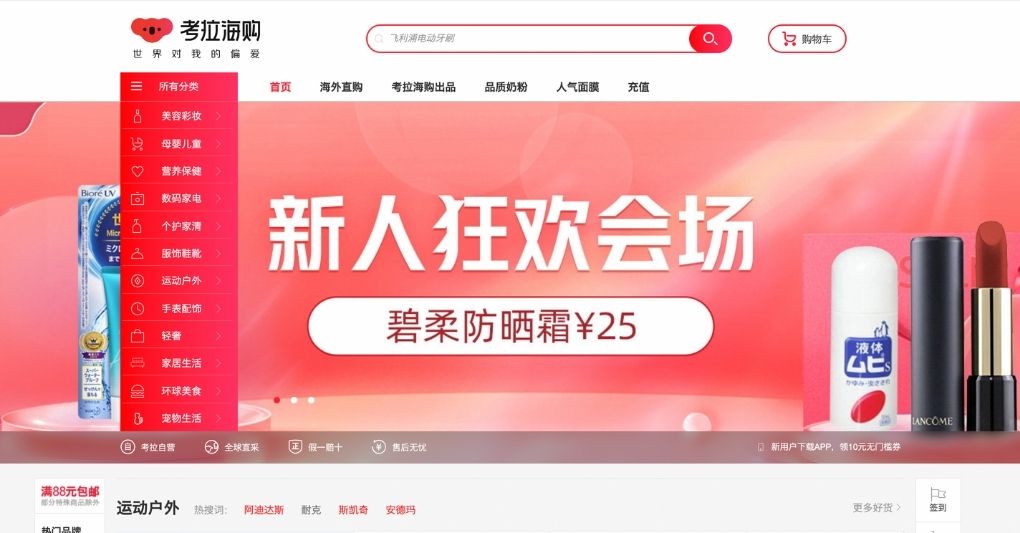
Kaola offers 3 business models:
- wholesale buying
- online marketplace
- integration with a seller’s own website.
Kaola’s growth strategy
Netease Kaola’s self-management mode allows them to fix their own prices. It can adjust its pricing strategy according to the market environment according competitors, by coordinating the whole supply chain and all aspects of warehousing, logistics, and operation, which is can of similar to JD.com.
Kaola’s strategy is to set up its branches and offices in nearly 10 countries and regions such as San Francisco, Tokyo, Seoul, Sydney, and Hong Kong to select high-quality products and avoid multi-level links such as agents and distributors, thus reducing costs and cutting off prices.
Moreover, Kaola has more than 150,000 square meters of bonded warehouses in Hangzhou, Zhengzhou, Ningbo, and Chongqing, becoming the largest enterprise with bonded warehouses in cross-border e-commerce.
Kaola’s tools to be effective and competitive
Besides having the traditional tab for purchases with the classification of products, best-sellers, and search engines, Kaola also has a tab named “种草社区 Zhong Cao she Qu” which is more like a forum or sharing community. Zhongcao means in everyday language “to add something on her/his wish list”. We can get advice and feedback about all kinds of products. Kaola focuses on user’s experiences to attract them and encourage them to post reviews about products.
Collaborating with the world’s biggest international brands
With Kaola doing a lot of direct purchasing, it represents an interesting channel for overseas companies that want to introduce their brands into the Chinese market quickly.
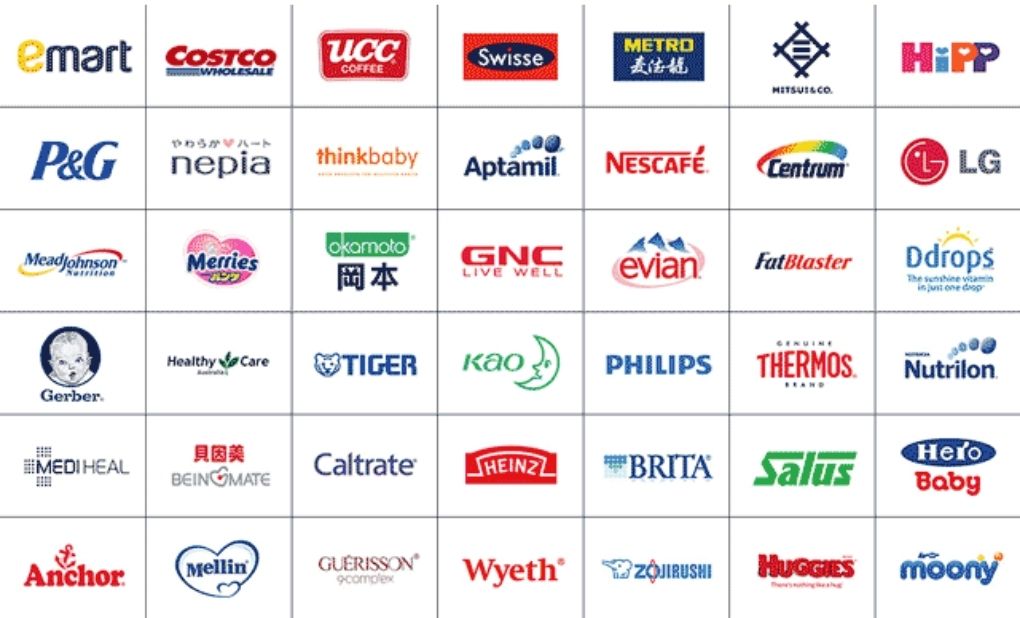
As you can see, it cooperates with a large number of well-known overseas partners. Its main cooperation model is direct purchasing with self-operated, or operated by third-party merchants on its platform.
Kaola’s Users: A Very Wide Audience

With the rising use of online platforms, it is no surprise that e-commerce platforms are now used by the Chinese population. However, it is important to underline the fact the younger generation is still prominent in the e-commerce industry. If we take the example of Kaola, 39.1% of its users are under 24 years old, 35.73% are aged between 25 to 30 years old, and only 6.14% are more than 41 years old.
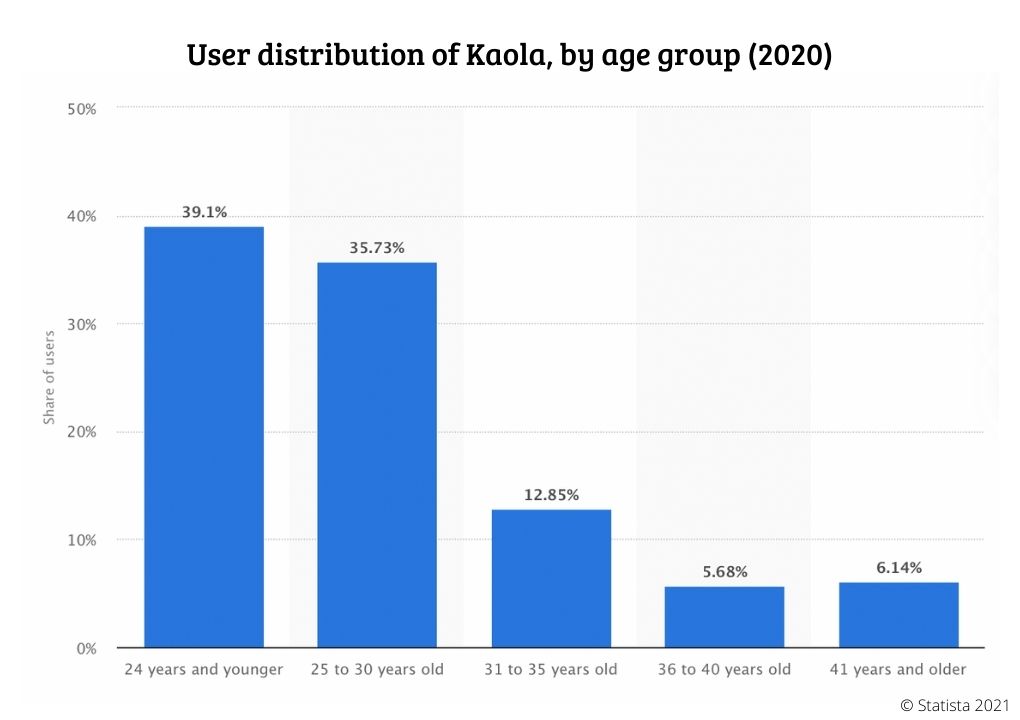
On the other side, we can also look at Kaola’s gender distribution.
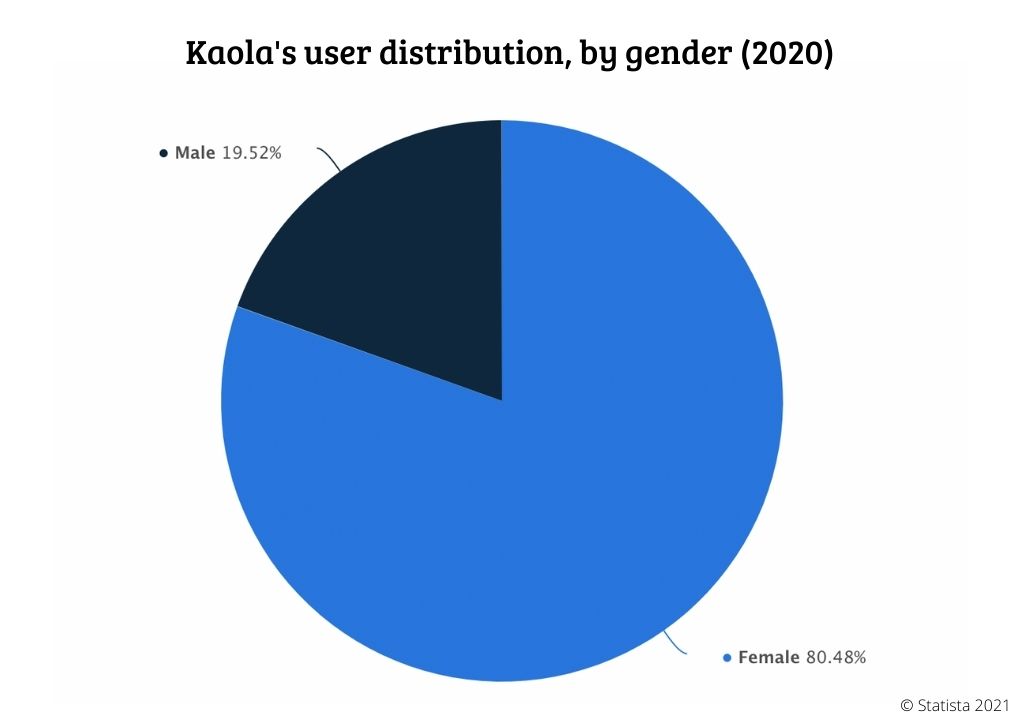
Then, if we look at its users in terms of income, we can notice that 28.41% earn between 10,000 to 20,000 yuan, 25.86% below 3,000 yuan, and only 7.64% more than 20,000 yuan. Thus, Kaola is considered an affordable e-commerce platform, mostly used by the Chinese middle-class.
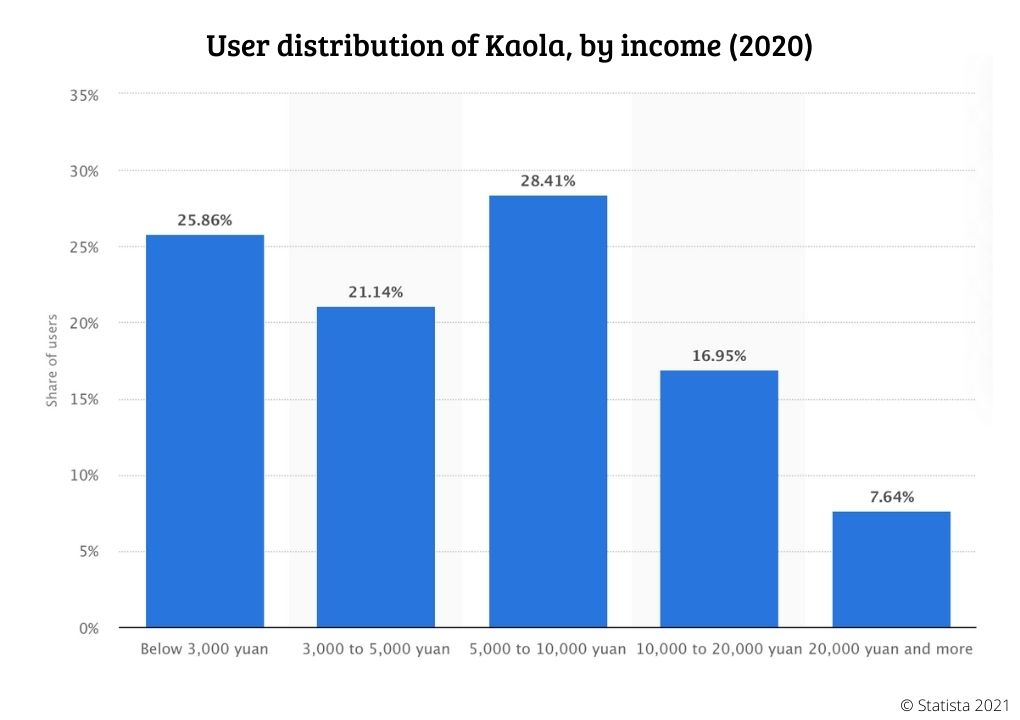
What has made the success of Kaola in China’s Cross-border e-commerce landscape?
Kaola has set its standards for online shopping through its commitment to quality, authenticity, and the variety of products it offers, covering everything from food, beverage, and apparel to electronics and cosmetics.
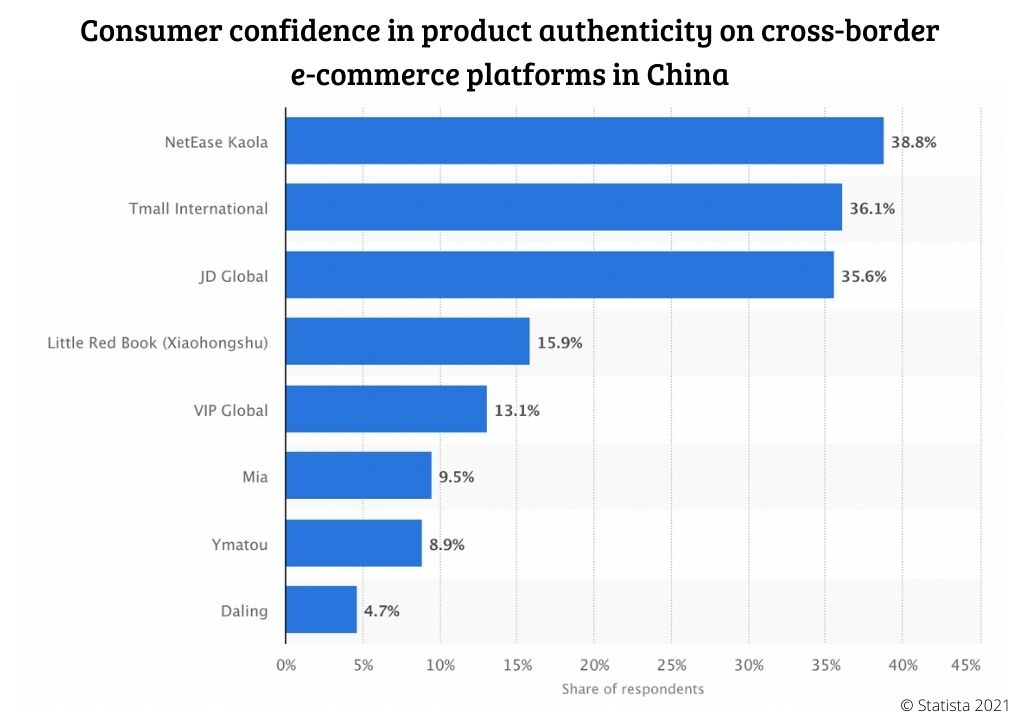
According to this chart from Statista, we can see that Kaola was the most trusted platform among Chinese consumers, as 38.8% of the respondents were confident in the product’s authenticity. What is surprising is that users were more confident about Kaola’s products than Tmall and JD ones.
Moreover, we can also insist on the fact that Kaola keeps a strong relationship with international brands and directly purchases most of its inventory from overseas brands, bypassing intermediaries and local distributors to lower costs, thus cutting down costs as well for consumers.
On the other hand, Kaola provides a one-stop solution for foreign manufacturers to enter China’s complex market. By handling cross-border logistics, warehousing, online operations, and after-sales services, Kaola enables foreign manufacturers to reach Chinese consumers on a broader and faster scale.
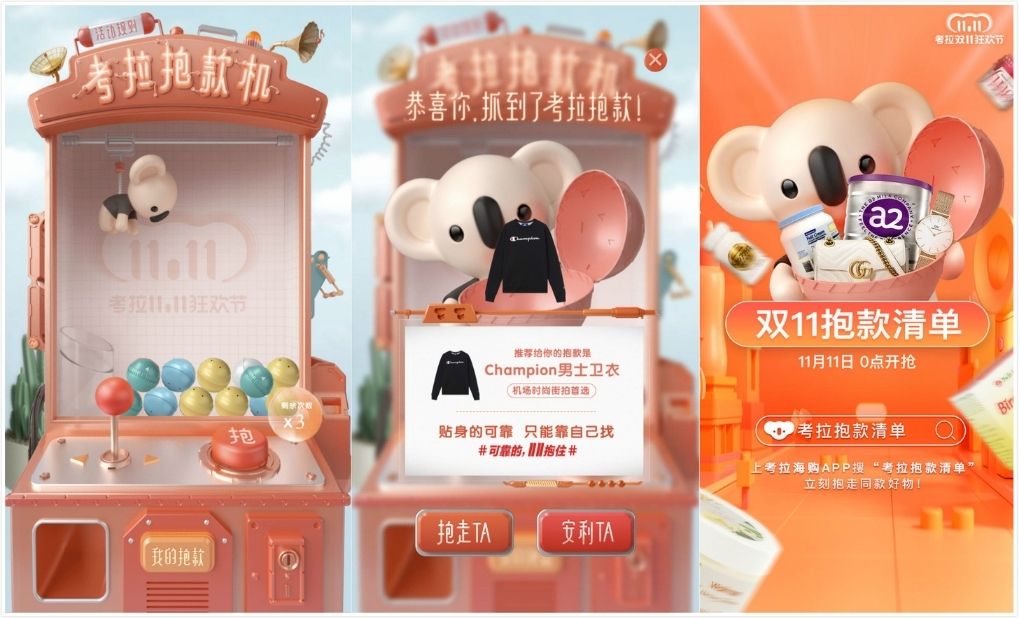
Finally, Kaola is extremely customer-oriented, giving the opportunity to its users to win vouchers or products for example, and developing interactive games during special events. Kaola has also developed a QR code-based product tracing system with Chinese customs. This helps Kaola guarantee authenticity and quality, as well as quickly identify and eliminate fakes.
How to Sell Your Products on Kaola?
Important things to know before applying to Kaola
Registering your trademark
First of all, before entering the Chinese market, it is highly recommended you register your trademark with the Chinese Trademark Office. Then, you will be able to set up your own store or webpage on Kaola but it is advisable to set aside about 20% of the projected turnover for a targeted marketing campaign.
Hire a third party to help you along the application process
To run the store successfully you will need the services of a third party to handle translations, customer service, returns, and imagery. That’s why working with a specialized agency that has both an understanding of foreign companies as well as the comprehension of all the Chinese subtleties is essential.
Our team can help you with the process of applying to Kaola. We take care of everything so you can be at ease. If you want more information, do not hesitate to contact us directly.
Opening an e-commerce store in China: A long procedure
In China, the possibility of opening a shop on e-commerce websites does not only depend on your motivation but mostly on how your brand appears and the potential it will have on the chosen platform. If you want to get the opportunity to sell your products on one of the most popular e-commerce platforms in China, you will need to show what you have to offer and convince Kaola that you have the potential to attract Chinese consumers.
Applying to Kaola as a merchant
Through the procurement route
The procurement route means that Kaola buys products directly from brands. Kaola then handles the logistics itself via Cainiao, which is Alibaba’s global logistics. If you choose this model, you will become a Kaola supplier.
You can register for this on Kaola’s merchant registration page by clicking “Join now” under “Proprietary supplier.”
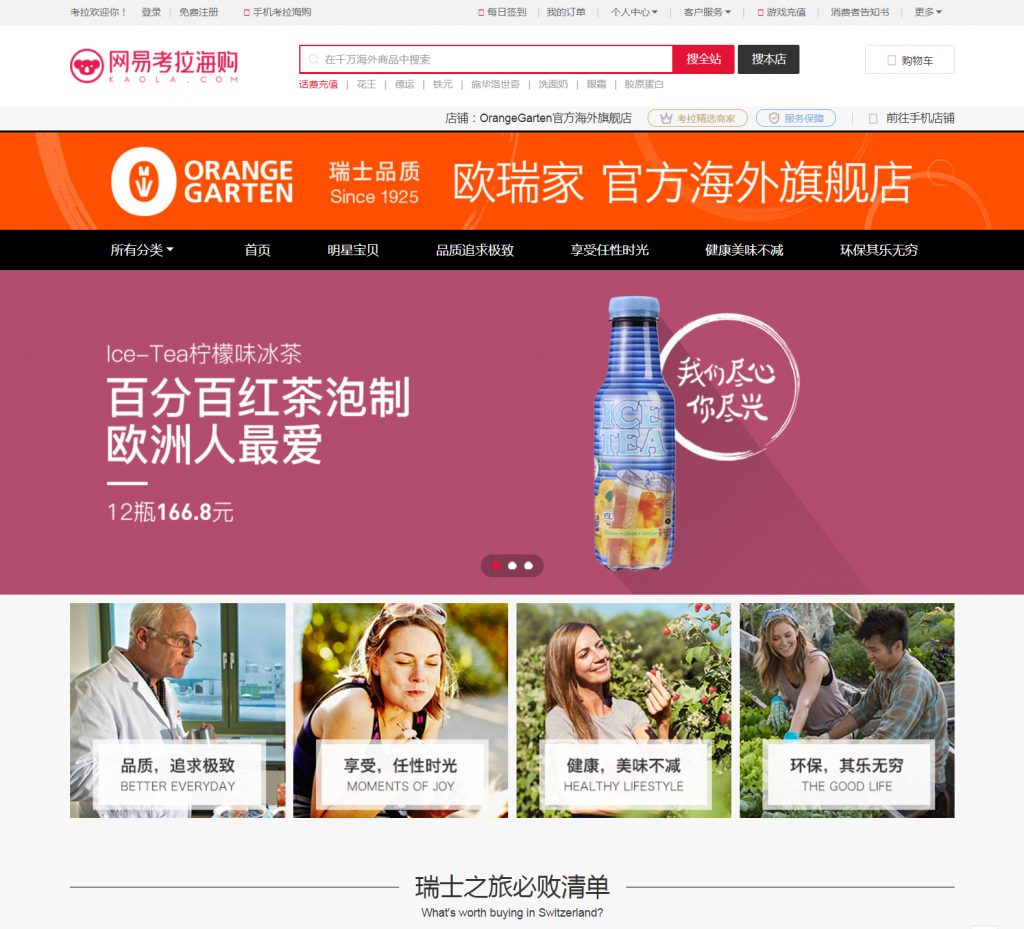
Then, you’ll be asked to create an account with your mobile number or email address. Once done, you’ll be able to submit your application.
Your application will need to include the following information:
- Your company name
- Company bio
- Company website
- Brand name
- Brand website
- Business model
- Major clients
- Online store website
- Product categories
- Annual sales (online & offline)
- Point-of-contact details
- Legal documentation, such as business licenses and trademarks, etc.
Based on the above, Kaola will review your application and get back to you with a decision.
If they decide to stock your products, you’ll receive a formal offer and be asked to sign a contract. The finalization process can take a month or more.
Opening a third-party store on Kaola
This method means that brands can operate their own POP or Flagship store on Kaola and sell directly to consumers. This is usually only available to very well-known brands that are hand-picked by Kaola.
To see if you qualify for this option, you can register your interest by visiting the merchant registration page and clicking “Cross-border trade” under the “POP merchant” option.
You’ll then have to register for a business account and provide the same information as above, as well as other documentation, such as company financial reports and operational information.
How much does it cost to sell on Kaola?
To sell on Kaola, you’ll need to pay the following fees:
- Deposit: $10-15,000
- Annual fee: $1,000
- Commission: 2-10%, based on product category

How Can Merchants Increase Sales on Kaola?
Using the e-commerce platform Kaola might be different than using Amazon for example. Moreover, you will need to attract customers and increase your brand awareness both on Kaola’s website, but also on social media that you have to include as part of your marketing and advertising plan. Here are some tips to sell more on Kaola.
Optimizing your Kaola store according to Chinese consumers’ taste
Chinese consumers indeed have different tastes when it comes to the layout of the website. While we tend to prefer a simple layout with a white background, Chinese consumers tend to prefer colorful websites.
Moreover, don’t forget that you target Chinese consumers, so you should write your content in simplified Chinese. You also have to consider the fact that Chinese consumers like to scroll for pictures, so you will have to put lots of pictures (between 5 and 10) and even videos if possible. Then, put a detailed description of your product.
Advertising (native ads) on Kaola
Advertising in China requires a different approach from what we are accustomed to, especially on Chinese e-commerce platforms such as Kaola. However, some tools of advertising are quite similar to ours.
If you want to increase your ROI (Return on Investment) be careful not to throw money away by investing in massive paid advertising. The best way to benefit from advertising is to plan a detailed advertising campaign that will include Baidu SEO, PR, Social media, KOLs, and of course, a Chinese website! You can also use forums to increase your visibility and e-reputation such as Zhihu (知乎) the most popular Chinese Q&A forum.

Brands in China need a strong e-reputation
Driving traffic to your store won’t be necessarily an issue, but getting consumers’ trust is harder. In order to do so, you’ll have to work on your online presence and e-reputation. Indeed, Chinese consumers are extremely suspicious of products and brands that they have never heard of before. They will most of the time rely on other users’ experiences, recommendations, and reviews.
Word-of-mouth is actually one of the best ways to attract new customers, and this is why your brand e-reputation is essential when it comes to entering the Chinese market. You will also have to be careful when it comes to consumers’ feedback on your products, as it will influence potential consumers and even e-commerce platforms such as JD.com. As soon as you get a few hundred sales, you have to encourage your customers to write reviews in order to attract new customers.
To maintain and increase your e-reputation in China, you can use the following methods:
- Social Media: WeChat, Red, Weibo, Douyin, Kuaishou… there are plenty you can join. They are great for building a following and improving customer loyalty. They allow you to interact directly with your target audience, run paid advertising for traffic acquisition, and even get customers’ detailed reviews (RED). Some of them also tend to rank quite high on Baidu which is great for credibility and for your SEO.
- KOLs & Influencers: They are well trusted and highly influential. There are many ways you can collaborate with KOLs offering you some flexibility in the way you want to promote your brand.
- PR, forums, and Q&A: The best way to build brand credibility. Thirds parties recommending your brand will always be more effective to increase conversion than official brand communication. Just like social media posts, they rank high on Baidu.
To put it in a nutshell, we can say that e-reputation can be a significant opportunity to improve the consumers’ perception of your brand without investing in massive advertising campaigns. According to a report from Mintel, 75% of the Chinese population using e-commerce platforms are posting online feedback after buying their products.
Contact us to Start Selling on Kaola
The Chinese market is one of the most promising in the world in terms of opportunities, both for smaller companies like startups, but also for larger international companies. However, in order to succeed, you will need to use local e-commerce websites, such as Kaola, a smaller platform compared to JD.com and Tmall, but still among the leaders in the Chinese e-commerce sector.
To do so, you will need to do a lot of research beforehand as well as be prepared to complete the application process in order to sell your goods on the platform. That’s why working with specialists in the Chinese market can be the key to success.

Working with an agency that has both Western and Chinese points of view like Gentlemen Marketing Agency can help you overcome the pitfalls of the Chinese market. Our agency has accompanied many companies entering the Chinese market through Tmall, JD.com, and of course Kaola. Proud of the success of the companies that contacted us, our experts are ready to help any company willing to do business in China.
So, if you are interested in doing business in China, do not hesitate to contact us and we will reply within 24 hours.


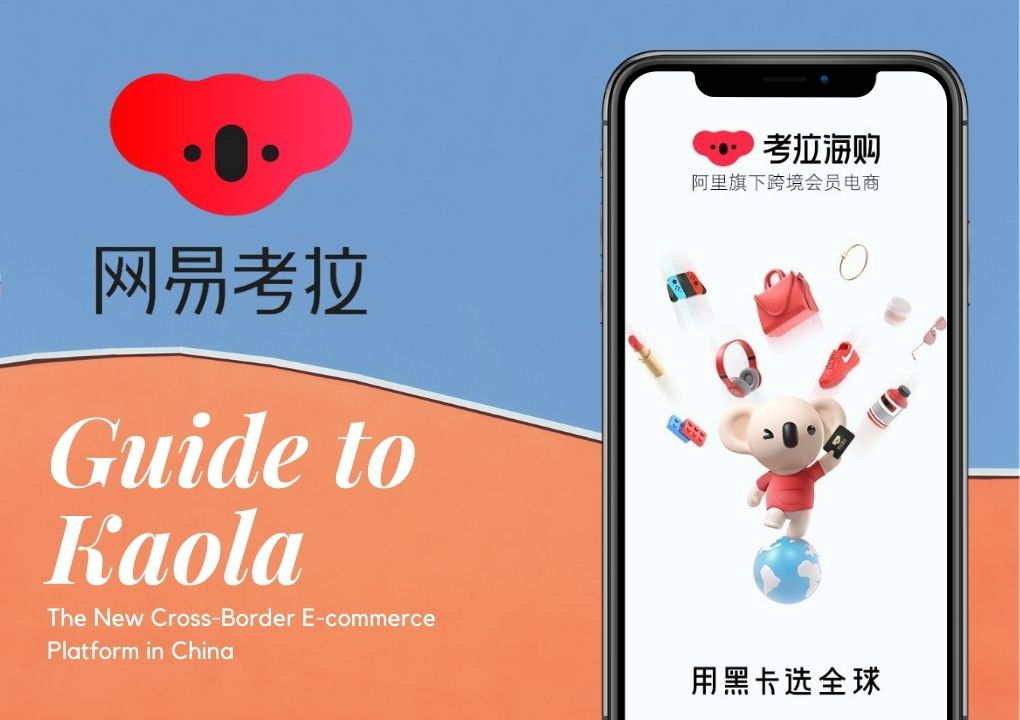

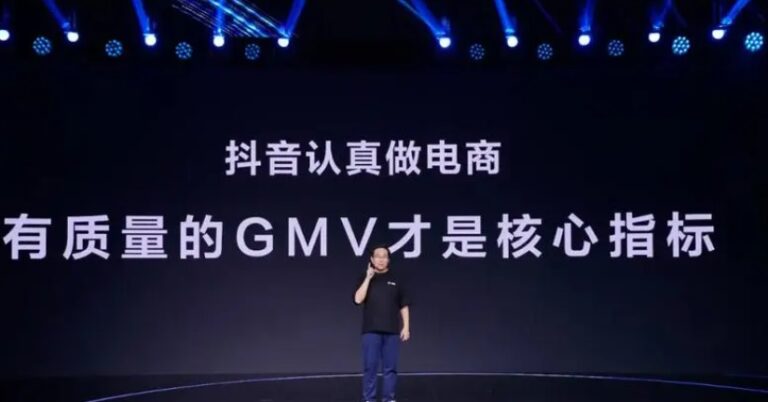


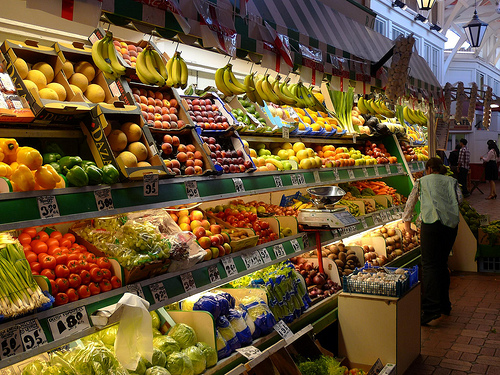
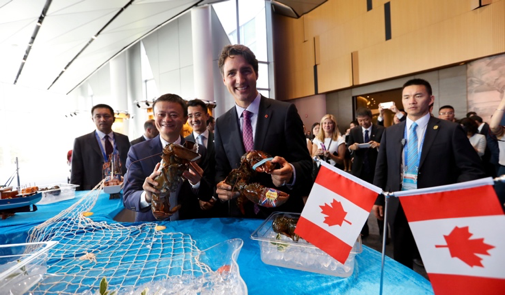
what is the Desposit to enter to Kaola?
Do you know if you need to go throught a Kaola partner ?
NetEase Kaola today announced that it again ranked as the No.1 cross-border import retail e-commerce platform
There is no deposit if you sell your goods to them.
They open a new platform like tmall for Brand to manage their own store…
NetEase Kaola ranked China’s No.1 cross-border import retail in China.
How can small Brands sell on this platform?
They do not reply to my email?
They will reply to your email if there are interested. (I guess)
It is not a place for small Brands
Hello had a question What kind of store types and Business Models does Kaola.com have. So Tmall Global has different types of stores like Flagship, Authorised & Speciality stores. Also, it has different Business models like TOF, TDI, TMG. Does Kaola have the same options?
Appreciate your response.
Thanks
I ordered a Dreamy Dolls house on the 28th May 2020 to be delivered to the UK. I had some correspondence from the website I ordered from but have yet to receive my order. Can I have some idea if this is actually a real company?
Hey there,
We are a marketing agency, I’m afraid we can’t help you with your order.
I suggest you to try and contact the company directly
Good luck
Hello, my name is Janay July. I just recently bought 218,000 sq ft of land and would like to know if someone would like to lease my land for business execution and proposals. The land is located in Colorado. I can email exact coordinates and pictures through my personal email.
Thank you for your time and consideration!